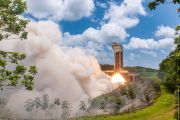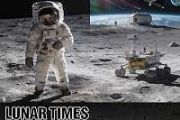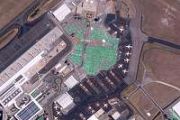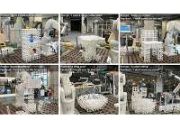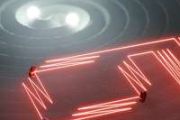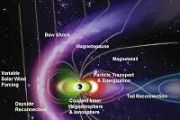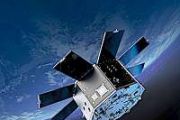
Copernical Team
Building bionic jellyfish for ocean exploration
 Jellyfish can't do much besides swim, sting, eat, and breed. They don't even have brains. Yet, these simple creatures can easily journey to the depths of the oceans in a way that humans, despite all our sophistication, cannot.
But what if humans could have jellyfish explore the oceans on our behalf, reporting back what they find? New research conducted at Caltech aims to make that a realit
Jellyfish can't do much besides swim, sting, eat, and breed. They don't even have brains. Yet, these simple creatures can easily journey to the depths of the oceans in a way that humans, despite all our sophistication, cannot.
But what if humans could have jellyfish explore the oceans on our behalf, reporting back what they find? New research conducted at Caltech aims to make that a realit BrainChip Boosts Space Heritage with Launch of Akida into Low Earth Orbit
 BrainChip Holdings Ltd (ASX: BRN, OTCQX: BRCHF, ADR: BCHPY), a leader in neuromorphic AI technology, has successfully launched its Akida AI system into low earth orbit on the Optimus-1 spacecraft. This event, facilitated by the Space Machines Company, marks a significant advancement in the use of AI for space technology applications.
The Akida technology is integrated into the ANT61 Brain
BrainChip Holdings Ltd (ASX: BRN, OTCQX: BRCHF, ADR: BCHPY), a leader in neuromorphic AI technology, has successfully launched its Akida AI system into low earth orbit on the Optimus-1 spacecraft. This event, facilitated by the Space Machines Company, marks a significant advancement in the use of AI for space technology applications.
The Akida technology is integrated into the ANT61 Brain AI-enabled atomic robotic probe to advance quantum material manufacturing
 Scientists from the National University of Singapore (NUS) have pioneered a new methodology of fabricating carbon-based quantum materials at the atomic scale by integrating scanning probe microscopy techniques and deep neural networks. This breakthrough highlights the potential of implementing artificial intelligence (AI) at the sub-angstrom scale for enhanced control over atomic manufacturing,
Scientists from the National University of Singapore (NUS) have pioneered a new methodology of fabricating carbon-based quantum materials at the atomic scale by integrating scanning probe microscopy techniques and deep neural networks. This breakthrough highlights the potential of implementing artificial intelligence (AI) at the sub-angstrom scale for enhanced control over atomic manufacturing, BlackSky Secures Major Contract to Advance DoD's Moving Target Analysis
 In a significant development for defense technology and space-based surveillance, BlackSky Technology Inc. (NYSE: BKSY) has been awarded a multi-million dollar contract by the U.S. Department of Defense. This collaboration marks a pivotal step forward in the utilization of commercial motion imagery to train artificial intelligence models for tracking moving targets.
Under this contract, Bl
In a significant development for defense technology and space-based surveillance, BlackSky Technology Inc. (NYSE: BKSY) has been awarded a multi-million dollar contract by the U.S. Department of Defense. This collaboration marks a pivotal step forward in the utilization of commercial motion imagery to train artificial intelligence models for tracking moving targets.
Under this contract, Bl BAE Systems and EDF launch MethaneSAT to revolutionize global methane emissions monitoring
 BAE Systems (LON: BA) and the Environmental Defense Fund (EDF) have successfully launched MethaneSAT, a cutting-edge satellite designed to provide unprecedented insights into methane emissions across the globe. The launch, which took place at Vandenberg Space Force Base in California, marks a significant step forward in the fight against climate change, leveraging advanced satellite technology t
BAE Systems (LON: BA) and the Environmental Defense Fund (EDF) have successfully launched MethaneSAT, a cutting-edge satellite designed to provide unprecedented insights into methane emissions across the globe. The launch, which took place at Vandenberg Space Force Base in California, marks a significant step forward in the fight against climate change, leveraging advanced satellite technology t As Russian Threats Grow, King Warns U.S. Space Command of American Vulnerabilities
 In a move to address vulnerabilities in America's space infrastructure, U.S. Senator Angus King (Ind. ME) has emphasized the urgency of bolstering defenses against potential threats to the nation's extensive satellite fleet. During a Senate Armed Services Committee hearing, Senator King engaged with General Stephen Whiting, the Commander of the United States Space Command (USSPACECOM), on the cr
In a move to address vulnerabilities in America's space infrastructure, U.S. Senator Angus King (Ind. ME) has emphasized the urgency of bolstering defenses against potential threats to the nation's extensive satellite fleet. During a Senate Armed Services Committee hearing, Senator King engaged with General Stephen Whiting, the Commander of the United States Space Command (USSPACECOM), on the cr Hera asteroid mission vs. absolutely nothing
 Image:
Hera asteroid mission vs. absolutely nothing
Image:
Hera asteroid mission vs. absolutely nothing Ariane 6 stages having a BAL
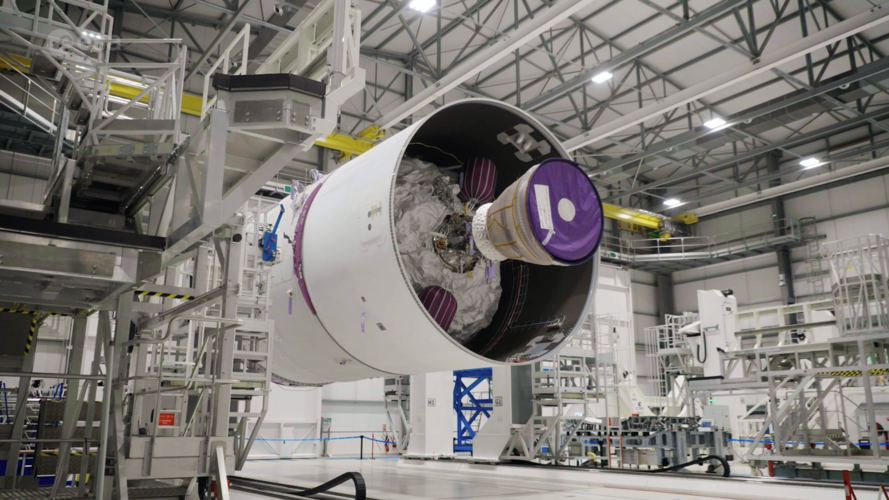 Video:
00:01:44
Video:
00:01:44
The two central stages for Ariane 6’s first flight are being assembled in the launcher assembly building (BAL) at Europe’s Spaceport. The core stage and the upper stage for Europe’s new rocket Ariane 6 are set to fly in the Summer of 2024. Once assembled, the stages will be transferred to the launch pad.
On the launch pad, the two stages will be raised into their vertical launch position inside the mobile assembly building. Here the two boosters for Ariane 6’s first flight will be added and then the payloads will be placed on top and be covered
New NASA astronauts graduate, eying Moon -- and Mars
 After two years of rigorous training, ten Americans officially became astronauts on Tuesday, and are now eligible for planned NASA missions to the International Space Station, the Moon, and - if all goes well - to Mars.
Two Emiratis who trained alongside them also graduated Tuesday during a ceremony at the Johnson Space Center in Houston.
Members of the class, nicknamed "The Flies," we
After two years of rigorous training, ten Americans officially became astronauts on Tuesday, and are now eligible for planned NASA missions to the International Space Station, the Moon, and - if all goes well - to Mars.
Two Emiratis who trained alongside them also graduated Tuesday during a ceremony at the Johnson Space Center in Houston.
Members of the class, nicknamed "The Flies," we Just add AI for expert astronaut ultrasound
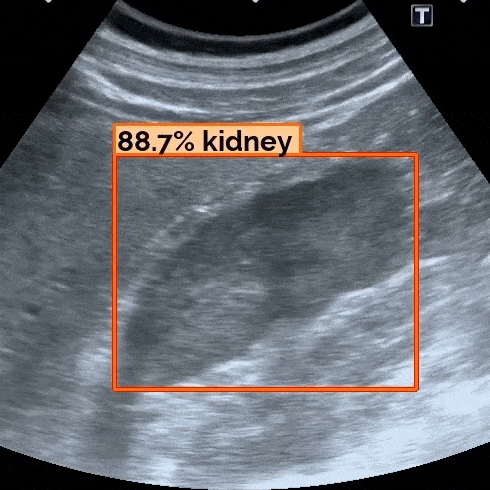
Ultrasound devices are commonplace in modern orbital medical kits, helping to facilitate rapid diagnoses of astronaut ailments or bodily changes. However it takes real-time guidance from experts on the ground to acquire medically useful ultrasound images. Once astronauts travel to the Moon or further into the Solar System such guidance will no longer be practical due to the time delay involved. A new ESA-led project aims to leverage AI and Machine Learning so that astronauts can perform close to expert quality ultrasound exams by themselves.













